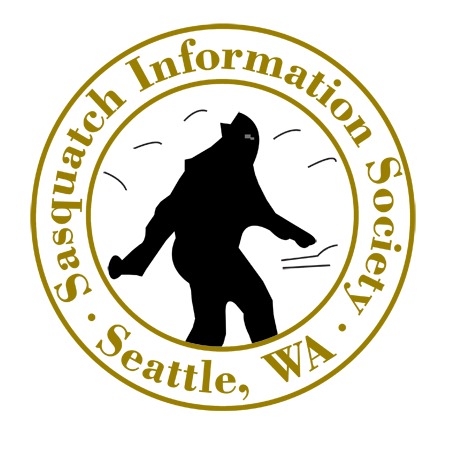Tracking Bigfoot Part II
By Sgt Paul Fitsik III.
Additional hints and suggestions:
When establishing a base camp I like to do the following:
Select an area that is mostly dirt. This is so that when you leave the camp for the days tracking, you can see if there was any “visitors” footprints. These will be apparent if you have removed as much grass, brush, etc. as possible. When that is accomplished I then get a fairly good sized branch, and rake the whole area of the camp site. That way the soil is loosened up. When I return I pay close attention to any changes to the soil.
OP’s and blinds:
Another method of observance is an OP (observation Post) or hide. I sometimes make a blind overlooking my base camp, after the first couple of days. That way I\’ve been there long enough to spark curiosity. I then camouflage my site, and set up observation equipment. My hypothesis is that If I am being kept tabs on by Sasquatch(s), they may investigate after I\’ve left. The same holds true for night. I set camera traps, listening devices around camp, in the late afternoon. Then I cook dinner at dusk. Pile allot of wood on the fire, and head up to the OP. For this you will need good low light optics (Night Vision Goggles).
If possible I use a partner for this. I observe while he stays in camp (as “bait”). Therefore everything appears to be normal. Hopefully our query will be none the wiser to our deception.
Cheap warning devices:
If you lack the funds for expensive trip wires (camera type, motion sensing), use an old Army trick. Get a couple aluminum coke cans, and fishing line. Place a couple of rocks in the cans. Tie them to the line and string them around your campsite, or main trails. That way anything tripping the line will “rattle” the cans, alerting you to it’s presence.Some additional things to take along:
GPS, if you aren’t comfortable with maps
Walkie Talkies with at LEAST a 3-5 mile range, or a Hand held CB. You may need assistance if you are lost or hurt.
Plaster cast material.
Tape measure for getting measurements.
Zip locks for any hair samples.
Snake proof chaps or boots, depending on location.
NOTE: Always let either the US Parks Service, or local Law Enforcement in the area(s) you will be operating in, that you will be hiking (this conceals what you are “really” doing, and you aren’t seen as a “kook”).
Along with the estimate length of time “hiking” . I tell them “If I don’t call you when I’m done on such, and such day, please come out and find me” etc. This is essential if you become lost, or are physically unable to return.
This concludes my article on tracking a Sasquatch. This is by no means everything. I’ve just tried to give you a head start. You will find some of these techniques can be fine tuned. Whatever you feel comfortable with. I wish you good luck and always be safe. I hope you visit the Sasquatch Information Society site often, and help make it the best on the web. I’m proud to be associated with it.
Thank you,
Sgt Paul Fitsik III



